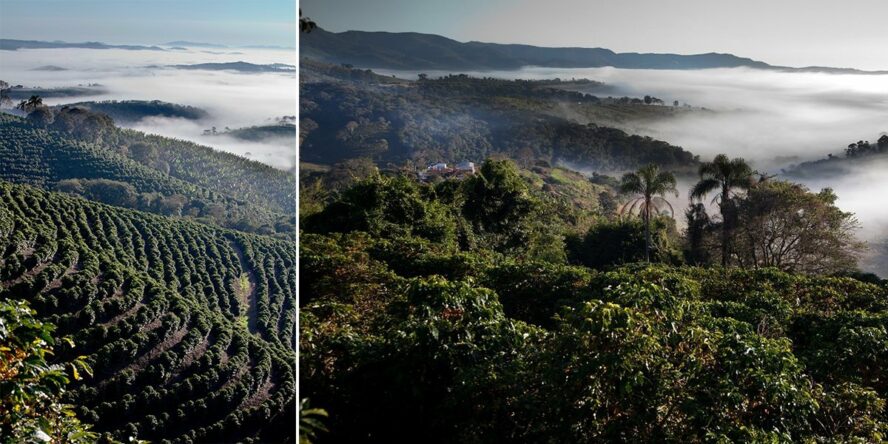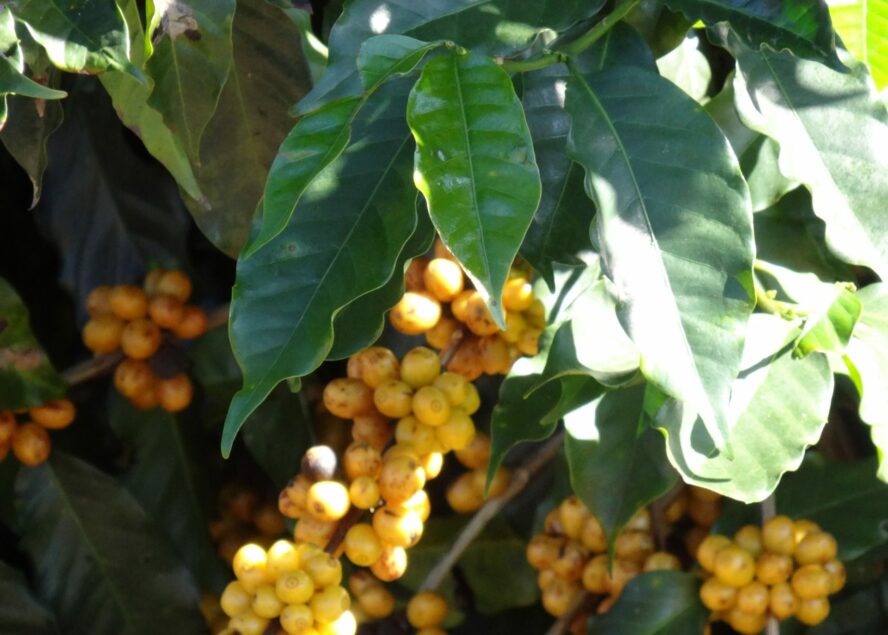Time to tell you a little more about our next stop in South America: the almighty Brazil. It's the 20s of October, and we're arriving on the eve of the national elections. Brazilians are typically open and cheerful, even when it comes to talking about politics and expressing their point of view. The vast majority believe the country needs change, although the level of uncertainty is palpable. A four-hour drive to São Lorença is enough time to form an opinion on the current situation, where extremes have driven its population to despair.
Brazil is the state with the largest land area and population in South America, making it the largest economic power in Latin America. One of its main sectors is agriculture, designed to feed not only the continent but the entire world. As far as coffee is concerned, it is no different, as it is also the world's leading producer of this product. On our trip, we were able to witness how the technological advancement of processes has been the cornerstone of this phenomenon. Consequently, the dimensions we are accustomed to classifying farmers, in terms of size, also follow a different scale compared to the general outlines of the country. To give you an idea, the most common thing in Brazil is to find immense coffee fields with a circular irrigation system using articulated arms that stretch for kilometers and drying yards so vast they could cover the surface of several soccer fields.

As usual, we prefer to focus on exceptions, and in this case, we found them in Carmo de Minas, a municipality in the Mantiqueira Mountains. The Mantiqueira de Minas region is located northeast of São Paulo and Espírito Santo and northwest of Rio, with its capital and main port being Vitória. During our visit to this region, we visited a cooperative with an excellent producer support program focused on specialty coffee production. This year was very important for our direct marketing efforts in Brazil, as we decided to shift gears and focus on meeting consistent producers with whom we can collaborate year after year, helping them achieve the quality we seek in our coffees through teamwork.

The first step in the process was to conduct an intensive cupping session to identify interesting lots and, through them, have the opportunity to reach producers committed to producing natural coffees with fruity profiles and a presence of cocoa. Our goal was to find sweet, well-balanced coffees. The cooperative has 661 members who produce around 150,000 bags of coffee annually. It also has a team of agricultural engineers who provide technical knowledge to promote modern cultivation techniques with the goal of creating a balance between productivity and quality while respecting the environment.
